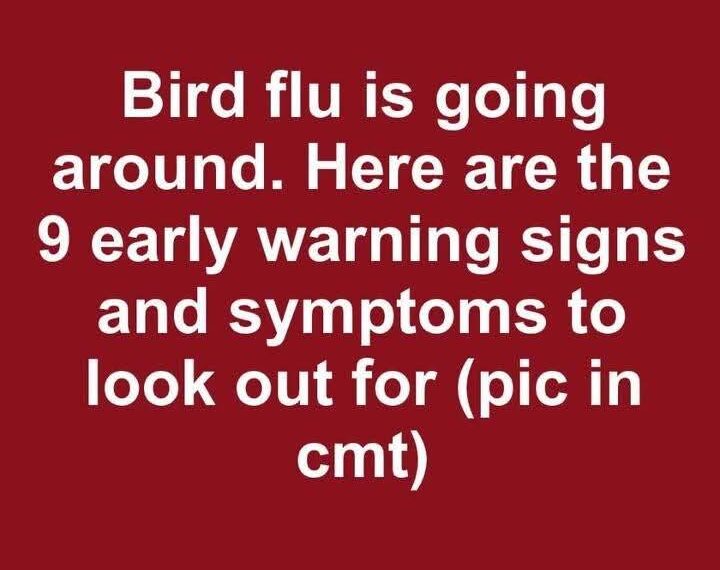Bird flu, also known as avian influenza, is a viral infection primarily affecting birds but capable of infecting humans and other animals. Over the years, certain strains like H5N1 and H7N9 have become notorious for causing severe illness and high mortality rates in humans. While bird flu outbreaks may seem distant or only relevant to poultry farmers, their implications reach far beyond individual cases—they can impact public health, economies, and global trade. Understanding bird flu is critical for early detection, prevention, and preparedness, especially in a world where zoonotic diseases (those transmitted from animals to humans) are increasingly common.
Understanding the Transmission of Bird Flu
Bird flu spreads mainly through direct contact with infected birds or their secretions, such as saliva, nasal secretions, and feces. People can also become infected by touching contaminated surfaces, including bird cages, farm equipment, or even clothing worn while handling birds.
While human-to-human transmission is rare, it is not impossible. Close contact in crowded environments—such as live bird markets or households with infected poultry—can facilitate the spread of the virus. Migratory birds play a significant role in transmitting the virus across countries and continents, often making outbreaks unpredictable and challenging to control.
High-Risk Environments
- Poultry farms: Workers exposed to infected birds are at higher risk.
- Live bird markets: Birds from different regions converge, increasing the chance of virus mixing.
- Backyard flocks: Small-scale poultry kept near homes can contribute to local outbreaks.
Implementing strict biosecurity measures, such as disinfecting equipment, limiting access to poultry areas, and isolating sick birds, is essential to prevent infection.
The Importance of Early Detection
Early detection is crucial in limiting the spread of bird flu and preventing severe complications. Recognizing symptoms early allows for timely medical intervention, which can significantly improve patient outcomes. For public health authorities, early case detection enables rapid implementation of quarantine measures, vaccination campaigns, or culling protocols to control outbreaks.
Individuals working in high-risk environments—poultry farms, bird markets, or veterinary clinics—should be particularly vigilant. Awareness of early warning signs and symptom monitoring can save lives and reduce transmission risks.
Common Symptoms of Bird Flu
Bird flu symptoms in humans can range from mild, flu-like conditions to severe, life-threatening illness. The incubation period—the time between exposure to the virus and the onset of symptoms—typically ranges from two to eight days. Common early symptoms may include:
- Fever
- Cough
- Sore throat
- Muscle aches
- Fatigue
However, more severe symptoms may also develop, particularly in high-risk individuals such as the elderly or those with weakened immune systems. These can include severe respiratory distress, gastrointestinal complications, and even neurological symptoms. Prompt recognition and medical evaluation are key to preventing life-threatening outcomes.
Recognizing Respiratory Symptoms
Respiratory symptoms are often the most noticeable signs of bird flu infection. Common respiratory manifestations include:
- Persistent coughing
- Shortness of breath
- Chest tightness or pain
- Sore throat
In severe cases, the infection can lead to pneumonia or acute respiratory distress syndrome (ARDS), both of which are medical emergencies. Individuals experiencing these symptoms, especially after exposure to potentially infected birds, should seek medical attention immediately. Early antiviral treatment can be critical in improving survival rates and reducing complications.
Identifying Gastrointestinal Symptoms
Though less common, gastrointestinal symptoms can also occur in bird flu cases. These may include:
- Nausea and vomiting
- Diarrhea
- Abdominal pain
Gastrointestinal manifestations can lead to dehydration, electrolyte imbalances, and further complications if not addressed promptly. Healthcare providers often consider these symptoms in combination with respiratory and flu-like symptoms when diagnosing potential avian influenza infection.
Noticing Neurological Symptoms
Next page





